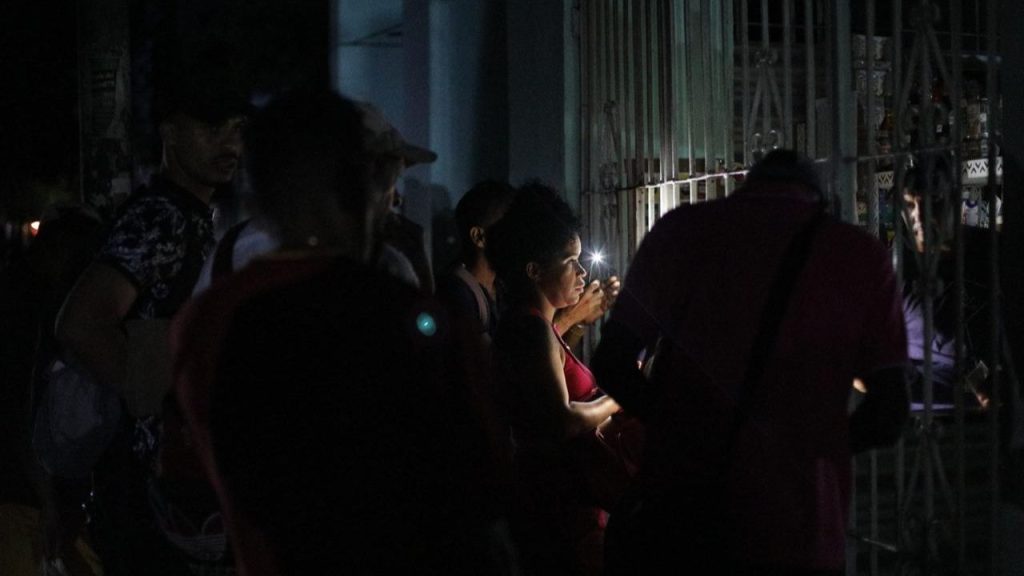Bogotá has become the most visited destination by locals and foreigners, not only because it is the capital of the country, but also because of the strong promotion that the destination has received, in which highlights cultural, gastronomic and sustainable tourism.
With this in mind, The city is preparing to further enhance its attractions, Additionally, in an interview with Portafolio, Ovidio Claros Polanco, president of the Bogotá Chamber of Commerce, highlighted the work they have been doing on rural tourism and the strengthening of destinations surrounding the capital.
You can see: In 10 years, Colombian tourists went from spending one minimum wage on a trip to two
How have Bogotá and Cundinamarca been consolidated as a tourist destination?
Bogotá has become the country’s main destination and continues to attract more than 36% of foreign tourists arriving in Colombia. According to data from the Ministry of Industry and Commerce, people come mainly for work, 34%, vacations 20%, and events and conventions 3%.
That pole of attraction that is Bogotá, also contributes to Cundinamarca since it allows many of these visitors who come for work to take one or two days of rest in nearby places, either taking advantage of gastronomic tourism in Chía and Cajicá or visiting historical places. such as the Salt Cathedral or the Guatavita Lagoon. Nature tourism and adventure tourism have also grown, which can mean great potential for the department.
What are those plans and/or destinations that are selling and consolidating the most in the matter?
The municipality that had the most foreign visitors the previous year, according to the Ministry of Industry and Commerce, was Chía with 3,573 non-resident visitors, followed by Cajicá, with 1,899 and Zipaquirá with 731.
The main type of tourism in these municipalities is gastronomic tourism, which is gaining momentum with the consolidation of restaurants with signature cuisine and typical dishes. Another type of tourism that has been growing is adventure tourism and cultural tourism, with the Zipaquirá salt cathedral at the forefront.
There is a lot of potential in nature tourism, especially with bird watching, hiking, adventure and climbing.
How has the growth of tourism been in the country’s capital and in Cundinamarca over time?
According to the National Tourism Registry, as of today, the total number of formalized providers in the country was 105,205. Cundinamarca with 7,475 providers represents 7.1% of the total tourism offer nationwide, ranking fifth in terms of number of providers compared to other departments.
The tourist service that Cundinamarca offers the most continues to be accommodation, with a participation of 81.3%, with tourist housing standing out for its participation with 61.3%.
The provinces of Alto Magdalena, Gualivá, Tequendama, Sabana Centro and Guavio currently have the largest tourist offer in the Department.
Also see: A hotel restaurant in Bogotá was awarded at the World Culinary Awards
Ovidio Carlos Polando, president of the Bogotá Chamber of Commerce,
CCB
What is the profile of the tourist who is seeing Bogotá and Cundinamarca as a tourist destination? The international/national tourist?
The tourist who comes to Bogotá is mainly a business tourist, visitors who come to carry out their commercial activities, 88% of the people who visit Bogotá are nationals and 12% are foreigners. Events and Conventions tourism has also been growing, accounting for 3% of visitors the previous year.
What plans and/or strategies are there together with the Ministry of Tourism to enhance the industry in the region?
It is very important to improve the quality of the services provided, especially in the municipalities of Cundinamarca. In this sense, the Bogotá Chamber of Commerce (CCB) has been carrying out training and formalization processes for tourism operators in the region so that they can Provide a service that attracts visitors.
Entrepreneurs not only receive basic training in managing their business, but are supported in defining the offers they can create and connect with other entrepreneurs in the sector, through the CCB tourism cluster, so that they can generate more complete packages. With the Government of Cundinamarca we have been working on the creation of tourist routes in which an investment in infrastructure is made by this entity, and in this way, it is much easier to discover the attractions of the department.
After the Vitritur 2024 Tourism Fair and as a balance
What are the plans and destinations that are emerging for the end of the year in the city and the region?
Gastronomy continues to be an attraction that is emerging as the strongest in the region, but the potential of adventure and nature tourism creates business opportunities for small operators who know the region and can become guides and operators.
We consider that it is essential to bet on rural tourism, to support the farmers of the region and the artisans who are part of that popular economy that the CCB wants to support at this time.
You may be interested in: Latam Airlines Colombia will have more than 200 flights to Cali during COP16

City of Bogota
Bogotá Mayor’s Office
What are the economic sectors that are promoted in the region through tourism?
In the 59 municipalities of the CCB jurisdiction in Cundinamarca, 2,589 companies in the tourism sector are registered, representing 37.5% of the total tourism companies in the department of Cundinamarca.
Tourist homes are the predominant category with 53.11% of the registrations, followed by tourist accommodation establishments (17.19%) and travel agencies (15.06%). The categories with the least representation, such as timeshare and timeshare companies, and park tourism service concessionaires, have only one registration each.
This suggests an opportunity to diversify and strengthen other areas of the tourism sector that are currently underrepresented.
PAULA GALEANO BALAGUERA
Portfolio Journalist


















